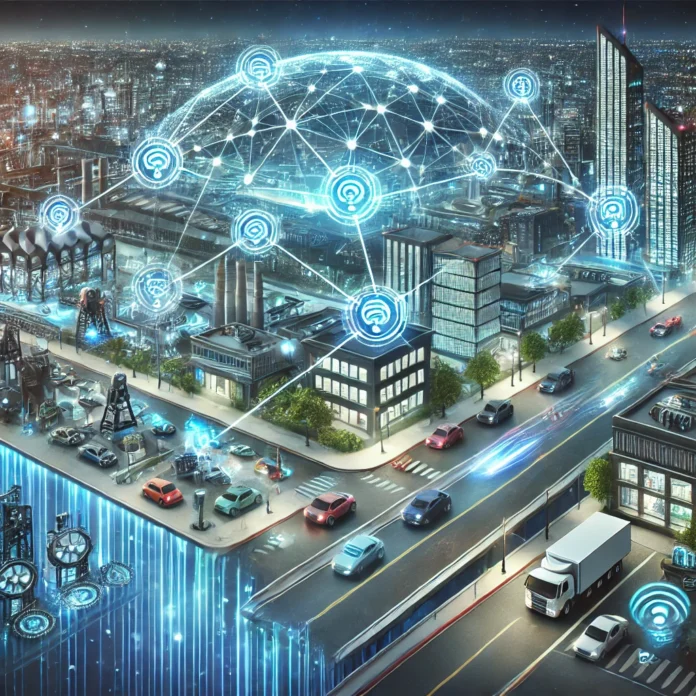The Rise of Edge Computing: How Is It Growing In The W0rld?

Introduction:
Faster and more effective data processing is becoming more and more necessary as the digital world changes. Let us introduce edge computing, a cutting-edge technology that aims to move data processing closer to the point of data creation. This article will explain edge computing, explain why it’s growing more and more significant, and discuss how edge computing is going to change a lot of different industries.
First off, what is Edge computing?
Edge computing is the process of processing data without depending on centralized cloud servers, but instead close to the edge of the network, where the data is generated. Real-time data processing is made possible by edge computing, which dramatically lowers latency by reducing the distance that data must travel. This is particularly important for applications like industrial automation, driverless cars, and others that call for quick reactions.
Advantages of Edge Processing
Decreased Latency: The potential of edge computing to lower latency is one of its most important benefits. Devices can react to inputs more quickly when data is processed locally, which is essential for time-sensitive applications like augmented reality (AR) and virtual reality (VR).
Enhanced Data Security: By processing sensitive data locally, edge computing eliminates the need to send massive volumes of data to the cloud. Because of the decreased exposure of data during transmission to any cyber attacks, this can improve data security and privacy.
Bandwidth Efficiency: By processing data locally, edge computing eases the burden on network bandwidth. This is especially crucial as there will be an exponential rise of data as the number of connected devices grows.
Scalability: Edge computing offers a scalable way to handle the massive volumes of data produced as businesses continue to use IoT devices and other linked technology. By processing and analyzing data at the source, it helps organizations cut down on the amount of cloud storage and processing power they require.
Important Sectors Affected by Edge Computing
Healthcare: Real-time patient data monitoring and analysis are made possible by edge computing in the healthcare sector. This can result in quicker diagnosis and treatment, especially in underprivileged or distant places where access to medical care may be restricted.
Manufacturing: By allowing predictive maintenance, streamlining production procedures, and cutting down on downtime, edge computing is completely changing the manufacturing industry. Manufacturers are able to make well-informed decisions in real time by analyzing data from sensor sand equipment on the manufacturing floor.
Retail: By providing real-time inventory management, tailored suggestions, and quicker checkout procedures, edge computing is improving the shopping experience for customers in the retail sector. Retailers may use on-site consumer behavior and preference analysis to create more specialized marketing campaigns.
Smart Cities: Edge computing is essential for handling the massive volumes of data produced by smart infrastructure as cities get increasingly interconnected. Cities can function more effectively and react to problems instantly thanks to edge computing, which helps with everything from energy distribution to traffic control.
Difficulties and Prospects for the Future
Although edge computing has many advantages, there are drawbacks as well. These include the possibility for higher infrastructure costs, the difficulty of maintaining dispersed networks, and the requirement for strong security measures to safeguard data at the edge. But as technology develops further, we may anticipate that these issues will be resolved, opening the door for edge computing to become widely used.
Conclusion
In conclusion, edge computing—which provides quicker, more secure, and scalable data processing solutions—is poised to become a fundamental component of the digital future. As long as enterprises keep using this technology, efficiency, security, and real-time decision-making should all see notable gains. Watch how edge computing develops; it’s a trend that will undoubtedly influence the future.


